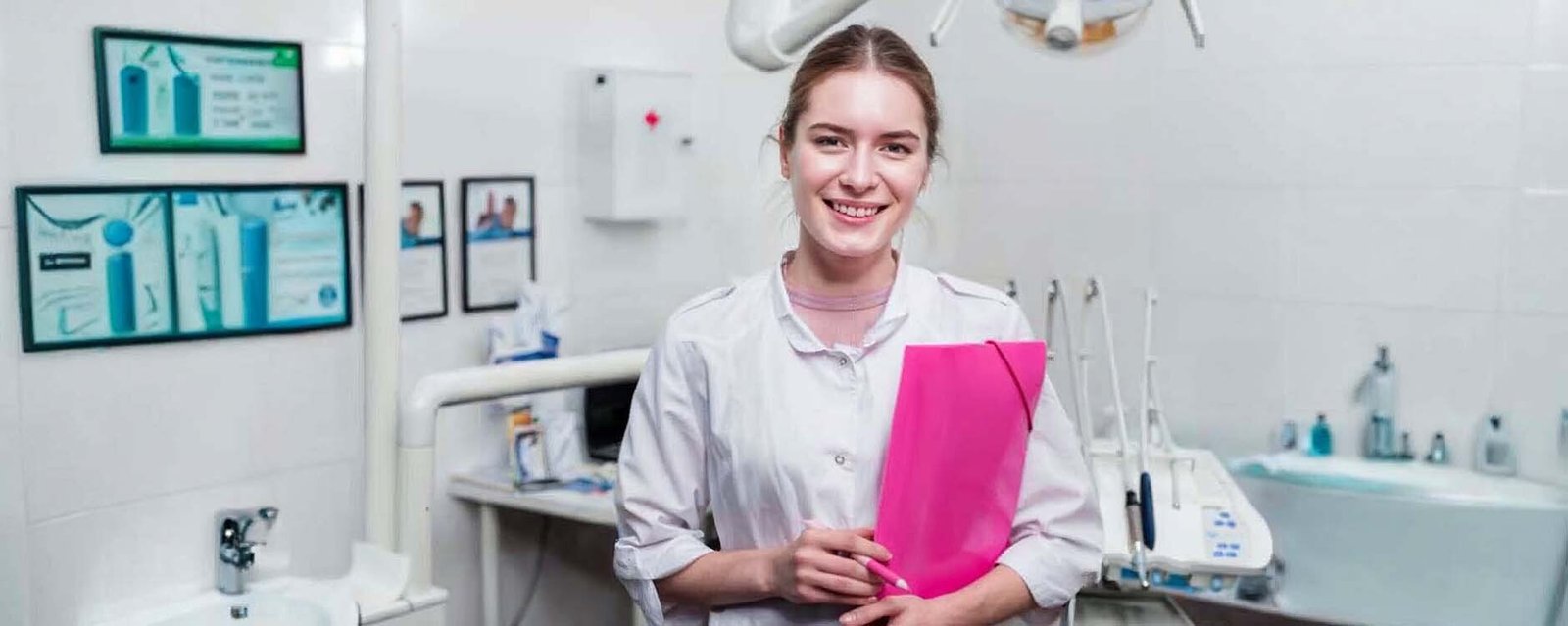Claim denials or delays cost practices about 10 to 20% of their annual revenue, disrupting all the daily practice tasks. Due to that, practices can’t focus on providing proper care to the patients.
The question looms here: Why are claims denied?
Mostly, it’s because practices ignore the importance of real time insurance eligibility verification. Verifying all the patient’s insurance plan details on the spot reduces your practice staff’s workload and protects you from revenue loss.
Getting excited? Let’s discuss the entire process and its long-term benefits for your dental practice.
Which Errors Cause Claim Denials?
Insurance companies often deny claims when several key details of a dental patient’s insurance policy are ignored. These include:
- Status of the insurance plan, whether it’s active or terminated
- Network status, whether the patient is in your insurance network or not
- Coverage limits
- Coordination of benefits (COB) to determine the primary and secondary payer in case of two insurance plans
- Waiting periods
- Pre-authorization
Moreover, entering wrong details like incorrect or incomplete patient information, using outdated CDT codes, or making other errors also leads to claim denials.
To prevent that, it’s important to consider each detail during the dental patient insurance eligibility verification.
Missing even a single one results in objections from the insurers. And this can overburden your staff to correct the denials, resubmit claims to start the process all over again, and follow up on the progress.
And, in some cases, like pre-authorization or coverage lapses, the amount can’t be recovered at all.
How to Prevent these Issues?
Traditional verification methods make it difficult to identify each detail in eligibility verification and increase the chances of manual errors.
All these issues are preventable if you approach things proactively. The real time insurance eligibility verification makes it easier to evaluate all the details of a patient’s policy.
The process begins as soon as the patient schedules an appointment and registers with your dental practice for treatment.
You can check all the coverage benefits, limitations, and treatments requiring prior authorization from the insurer. With that, you can easily proceed with the treatment plans.
Whether you’re using automated tools or outsourcing the process to top dental insurance verification companies like TransDental, real time verification helps you proactively check coverage eligibility and make timely decisions.
Benefits of Real time Insurance Eligibility Verification
No Hassle for you and your Patients
Real time insurance eligibility verification makes everything smooth for you and your patients.
All the details are verified timely. You can also contact insurers to inquire about dental procedures requiring prior authorization.
You’re relieved of the stress of claim denials, ensuring that you’ll be paid in full for the dental services rendered.
So, there is no hassle for you. You can also identify the patient’s responsibilities, like co-pays and deductibles. With that, you notify the patient to pay all the charges in advance for dental procedures not covered in the plan.
Quick and Accurate Claims Submission
Since details are verified, it becomes easy to process claims submission requests for the insurance policies.
Each detail and required documentation is entered and delivered to the insurers accurately.
Unlike traditional eligibility verification methods, real time checks speed up the process within just seconds. And all this verification happens without disrupting your workflows.
This ensures that the payments are posted in your patient ledgers within a couple of days.
Save your Staffing Cost
In a traditional method, you need to hire a dedicated eligibility verification department that checks all the documents, calls insurers over the phone, and initiates the entire process.
This is very costly and time-consuming for your dental practice.
But if you outsource dental insurance verification to a reliable partner like TransDental, it frees up your team’s time. It also allows your staff to focus on other important tasks like patient care, scheduling, and office management.
Improve your Cash Flow
Eligibility verification eliminates the possibility of claim denials. Quicker and complete payments against each dental treatment improve your practice’s cash flow.
As a result, you’re able to manage your dental practice’s finances with ease.
Now you must be wondering how to implement real time insurance eligibility verification. Let’s explore.
How to Implement real time Dental Insurance Verification?
real time insurance verification isn’t possible with traditional manual techniques. It requires up-to-date and robust workflows.
The best way to do so is to leverage technology. You can either partner with a reliable dental insurance verification company or opt for automated dental insurance eligibility verification services to stay ahead and ensure accuracy.
Latest AI-powered systems integrate with your practice’s existing EHR systems to access patient data. They coordinate with insurance companies to verify patient details and systematically check all aspects of the coverage policies.
Moreover, these systems submit claims to insurance companies on your behalf and also post payments to your accounts while you manage your day-to-day tasks.
The result is that when you’re happy, you provide greater care to your patients, putting in more effort to restore their smile.
Conclusion
Technology has evolved, and so have the healthcare industry practices. Latest systems facilitate accurate insurance eligibility verification in real time. This eliminates chances of mistakes and ensures quick claims submission and settlement.
With TransDental, you can adapt to changes, save up costs, reduce your staff’s burden, and make processes smoother for your dental practice.
Frequently Asked Questions (FAQs)
When should insurance verification be done?
The best time for dental insurance eligibility verification is 48-72 hours before the planned date for dental treatment. It gives you enough time to verify patient details and match them with insurance companies.
How do we handle patients with dual coverage or secondary insurance?
In case of dual coverage for dental patients, we check primary and secondary insurance plans. First, we process the primary insurance, and once the claim is complete, we proceed with the secondary insurance.
What do we do if the insurance portal and patient information don’t match?
In case information doesn’t match on the insurance portal and EHR, first contact the patient to confirm the details, and then verify these details with the insurance company. If the details match and qualify for coverage, proceed with treatment.
Can eligibility change between the time of verification and the appointment?
Eligibility can change during the timeframe due to many reasons, such as changes in the patient’s employment status, policy termination or lapses, and plan changes or renewals. Real time insurance verification helps prevent these issues, as you verify details on the spot.
Why is documentation of verification important?
Keep detailed records of who was contacted, what was verified, and any reference numbers. This protects your practice if discrepancies arise during claim processing. Electronic insurance eligibility verification helps maintain records by eliminating paperwork.






